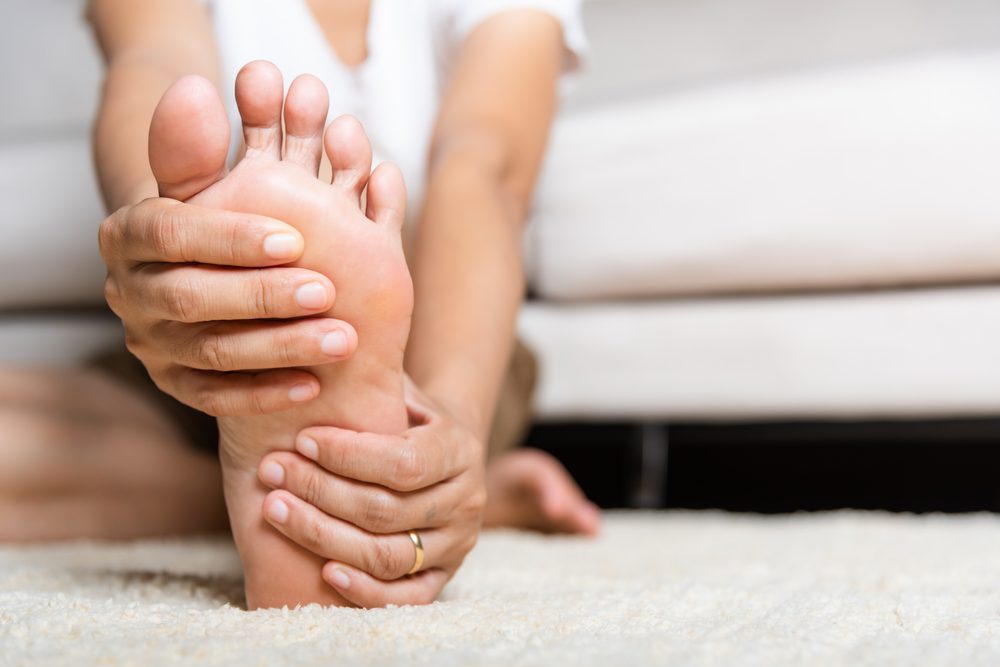Lumbar spinal stenosis affects the lower back by narrowing the spinal canal, which places pressure on the nerves. This condition may begin gradually but can result in persistent discomfort, weakness, or mobility issues. Identifying symptoms early supports better outcomes through tailored treatment and conservative care. When left unaddressed, progression can interfere with daily movement and quality of life.
What Are Common Symptoms of Lumbar Spinal Stenosis?
Signs of lumbar spinal stenosis usually develop slowly. People often report lower back pain, tingling in the legs, or muscle weakness. Some notice pain that increases when walking but eases when sitting or bending forward. This pattern may indicate pressure on the spinal cord or surrounding nerves. Other individuals experience changes in balance, foot numbness, or leg fatigue. These signs may mimic other conditions, making evaluation necessary. When symptoms continue or worsen over time, they may disrupt work routines, physical activity, or sleep.
How Do Delayed Diagnosis Affects Outcomes?
Lumbar spinal stenosis can be difficult to detect in its early stages. People may attribute back pain to aging or physical strain. Without imaging or clinical assessment, the narrowing of the spinal canal may remain unnoticed. As the condition progresses, nerve compression may cause more severe symptoms, including difficulty walking or controlling bowel or bladder function.
Waiting too long to seek care may reduce the effectiveness of non-surgical treatments. Early diagnosis provides more flexibility in treatment options and helps prevent complications. It also makes it easier to manage symptoms without more invasive procedures.
What Treatment Options Preserve Function?
When diagnosed early, it often responds well to physical therapy and lifestyle adjustments. Targeted exercises may reduce pain by improving posture, strengthening the core, and increasing flexibility. Manual therapy or guided movement can also support spinal alignment.
Medication to reduce inflammation may ease discomfort, while certain injections may offer temporary relief. These methods work best when introduced before severe nerve compression occurs. Providers may also review daily activities and make recommendations to reduce strain on the lower back. In cases where non-surgical methods do not provide relief, surgical intervention may be discussed. The goal is to create more space in the spinal canal and relieve nerve pressure. When performed before long-term damage develops, surgery may restore mobility and reduce pain.
What’s the Role of Routine Monitoring and Follow-Up?
After diagnosis, ongoing evaluation helps track symptom progression and treatment response. Providers may adjust care plans based on physical changes, daily activity levels, or functional goals. Imaging, strength testing, and walking assessments often support decision-making.
Routine care also helps detect signs of related conditions, such as degenerative disc disease or arthritis. Managing all contributing factors improves long-term results and lowers the chance of additional issues. Back pain that affects daily function should not be ignored. A provider can assess symptoms, review movement patterns, and determine if lumbar spinal stenosis may be involved. Diagnostic tools such as MRI or CT scans help confirm the presence and extent of spinal narrowing.
Taking action at the first sign of consistent discomfort improves treatment results. People who begin care early often have more treatment choices and better pain management. With the right support, individuals with this condition can maintain activity levels and prevent long-term complications.
Address Lower Back Discomfort Before It Worsens
Timely attention to symptoms can change the outcome of spinal stenosis. Medical professionals can create a personalized plan to reduce pressure on spinal nerves and improve movement. If you have ongoing lower back pain or leg discomfort, consider scheduling a full evaluation. Early care makes a difference in how the condition develops and how it is managed over time.





Leave a Reply